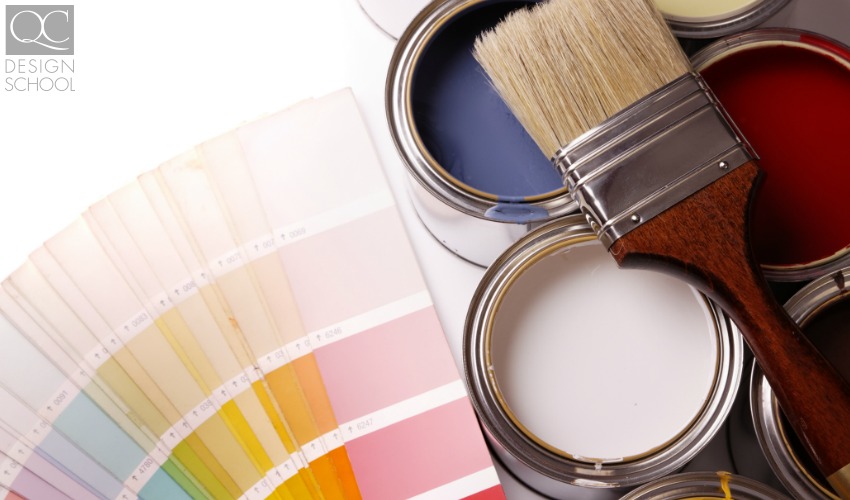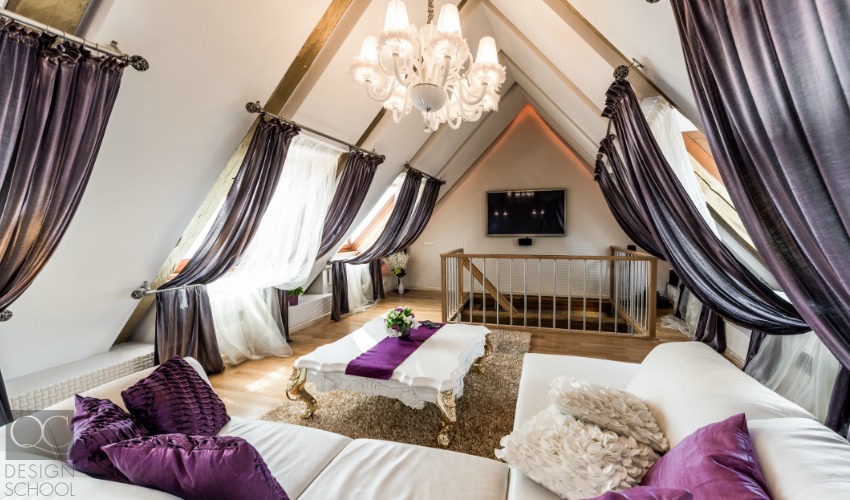Dynamic and competitive are two adjectives used to describe the design industry, and with good reason! There are several different career paths to choose from as a designer, and interior decorating and home staging are two of the most common. Because the industry is ever-changing and exciting, interior decorators can actually become certified in other design branches, and can offer a wider range of services as a result!
If you’ve received an interior decorating certificate, you can change directions and become a home stager. Follow the guide below to find out how to move from one rewarding role to another, and why this will make you extremely valuable in the long run.
Interior Decorating VS Home Staging
Before we jump into how to make the switch from an interior decorator to a home stager, it’s important to know the difference between these two branches of the design industry. If you’ve been working on various interior decorating jobs, you may not be completely familiar with what home stagers do on a daily basis.

In brief, your job as decorator is focused on the look and feel of a room, and your expertise is sought out by clients who need help choosing color schemes and placing furniture in ways that reflect their unique personalities. A common theme you’ve likely noticed in your career is that your clients are overwhelmed – they think that a complete overhaul of their home is required, when in reality all they need is an interior decorator to understand their needs and make specific changes in their space.
Home stagers, on the other hand, are sought after by clients selling their homes. They need an expert to determine their home’s best features, highlight them, and sell the house quickly for the best market price. One important fact to note about home staging is that it is a vital service in high demand. Think of the trust that a client places in a professional home stager – they’re expecting a lot when it comes down to the bottom line.
Because home staging is such a popular service, it would naturally follow that interior decorators add it to their list. Or, in the case of this article, switch entirely from decorating to staging homes…
Home staging training
If you’re a busy interior decorator, we don’t have to tell you how hard it can be to make time for training. Especially to pursue a home staging certification! While it won’t be easy no matter which training option you choose, an online home staging certification is a great option for interior decorators who have already established themselves and are actively building their careers.

In order to be successful staging homes, there’s no getting around proper training – you’ll need to know how to depersonalize, declutter, and create curb appeal for your clients’ homes, and all of these skills are taught in a home staging class. Just as you trained to become an interior decorator, you’ll need to put in the time to obtain your home staging certification.
Don’t be fooled, however – there aren’t many similarities when it comes to training as a decorator and training as a home stager. In your staging courses, you’ll focus on depersonalizing, decluttering, redesign, creating curb appeal, and the basics of real estate, and you’ll learn how to deal with different client personalities. This is quite a different experience than your training as an interior decorator, but that’s fine!
With a home staging AND interior decorating certificates, you’ll be well on your way to making the switch from decorator to stager. But this is only step one, so stay tuned…
Your home design portfolio
If you think that having two certifications under your belt is all you need to switch from decorating to staging, it’s time for a reality check. Don’t get us wrong – showing that you’ve been professionally trained in both branches of the design industry is excellent, and will impress both employers and clients.
However, you’ll need to take things even further.

Again, the design industry is known for being dynamic and competitive. It’s also known for being extremely visual. No matter how strong your resume is, most homeowners won’t give you the time of the day if you don’t have a professional design portfolio on hand. Think of it as a visual showcase of what you can do!
We know what you’re thinking – how can you possibly create a design portfolio as a home stager if you haven’t worked on any staging projects? There are a few ways to build up your portfolio even though you have limited staging experience! One way is to stage some rooms in your own home, like basement wreck rooms and cluttered bedrooms, or even staging a friend’s house.
Take clear and professional before and after shots of your work, and document your planning and inspiration for the designs. Include the assignments you worked on in your home staging class – you worked hard to get that certification, so why not show potential clients what you’re capable of? You may not have staged for homeowners just yet, but that doesn’t mean you’re not equipped to carry out excellent staging projects.
Let your home design portfolio do the talking, and be sure to include your best work!
Make the switch
At the end of the day, you want to move from decorating to home staging. With the necessary certifications and an impressive portfolio in hand, you’ll be ready to do just that!
When it comes to actually making the switch, it’s essential to know exactly what to expect in your new role as a home stager. And don’t worry – your home staging training will provide you with that. However, you’re moving away from your day-to-day duties as an interior decorator, and it will take time to adjust to a role that is much more focused on preparing a home for sale rather than transforming it to meet your client’s needs.
Be patient with yourself (and with your career) as you transition into your new role. Take time to decide on your brand and understand the real estate market, but be careful not to isolate yourself in the process! You’ll really need to get out there and network, and we recommend seeking out open houses, networking events, mailing lists and trade shows which will open you up to other professionals in your area. Make important connections and learn from others who are already in the staging industry!
Check out our full guide on where to start with your home staging business.
Finally, don’t ever underestimate the fact that you’re certified as both an interior decorator and a home stager – you may choose to stage homes as your career, but you can always keep learning in years to come and add more to your repertoire as a designer. It’s a thriving industry to grow and advance your career in, so don’t be afraid to branch out to other specializations!
